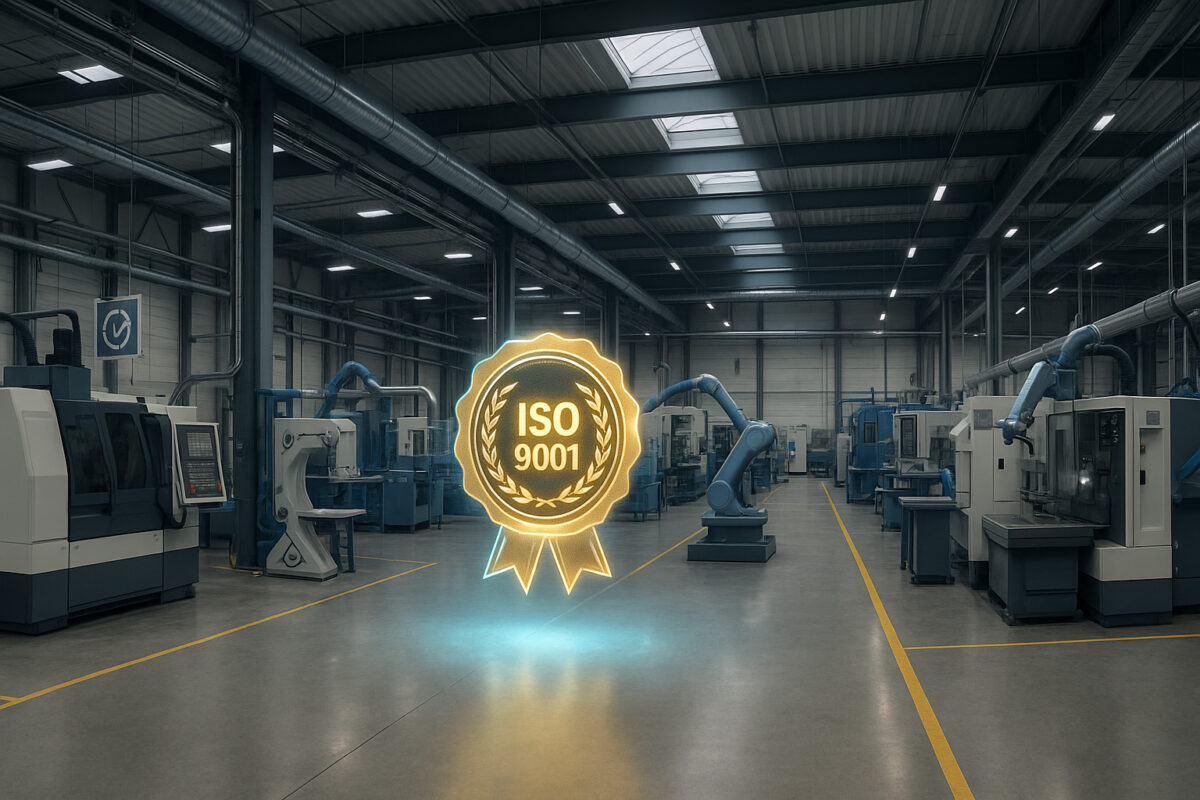
Product quality control is a key step in verifying product compliance. It is essential to ensure that customer expectations are met while also maintaining your company’s reputation. The quality control process requires a methodical approach with specific tools to identify and correct potential defects at each stage of production.
Here are the key steps and best practices for effective quality monitoring.
Why Is Quality Control Essential?
Ensuring product quality is fundamental for:
- Meeting customer expectations: A compliant product builds trust and customer loyalty.
- Complying with quality standards: Industries must adhere to legal and technical standards defined in specific specifications.
- Reducing defect-related costs: Early detection helps avoid costly returns or repairs.
An effective quality control system optimizes manufacturing processes and ensures product safety.
Step 1: Define Quality Criteria
The first step in controlling product quality is to establish precise criteria.
This includes:
- Technical specifications: Dimensions, materials used, tolerances.
- Regulatory standards: Safety, compliance with ISO standards, etc.
- Customer requirements: Functionality, appearance, performance.
These criteria should be included in a checklist to simplify inspections throughout the production process.
Step 2: Implement Inspections at Every Stage
To quickly detect anomalies, systematic quality checks should be conducted at each stage of the production cycle:
-
Incoming Material Inspection
Materials are the foundation of any production. They must be inspected upon delivery to ensure they meet defined specifications. For example, a quality inspector will conduct visual inspections or perform advanced tests and measurements on batches to ensure the delivered goods are acceptable.
-
In-Process Quality Control
During factory manufacturing, intermediate inspections must be performed on produced parts to correct deviations before they become major defects. This may include functional tests, dimensional analyses, or process checks.
-
Final Inspection
Once production is complete, a final inspection ensures that the finished product meets the expected quality standards.
This can involve mechanical or electronic tests, appearance verification, and checking labels and packaging.
Step 3: Utilize Modern Tools and Technologies
Innovative technologies can be used to enhance the accuracy and efficiency of quality control:
- Artificial vision systems provide automated visual inspections.
- Advanced measuring tools such as sensors or 3D scanners detect dimensions or anomalies invisible to the naked eye.
- Quality monitoring software collects real-time data, facilitating analysis and defect traceability.
These solutions help standardize and optimize product quality.
Step 4: Train the Workforce
An effective quality approach also relies on managing operator skills according to the project.
It is essential to:
- Train quality inspectors in the use of tools and control methods.
- Raise awareness among all personnel about the importance of testing quality at each operation.
- Implement clear procedures to determine the actions required at each stage of the production chain.
Proper training enhances the team’s ability to detect and correct issues leading to defective products.
Step 5: Manage Non-Compliant Products
Despite inspections, some manufactured products may be found non-compliant.
In this case, it is necessary to:
- Identify the cause by analyzing the manufacturing process to find the source of the issue.
- Implement corrective actions such as modifying procedures or adjusting machines to prevent recurrence.
- Document actions by writing a detailed quality audit report outlining lessons learned.
Step 6: Implement Continuous Improvement
A quality control system is not limited to defect detection. It should also include a continuous improvement strategy:
- Analyze collected data: Identify trends to prevent recurring errors.
- Audit processes regularly: Ensure that procedures remain effective and compliant with requirements.
- Optimize practices: Adopt new methods to improve product quality.
The goal is to maintain a high quality level while reducing costs and production times.
Rely on MWT for Your Quality Control Needs
Ensuring product quality is a crucial requirement for guaranteeing customer satisfaction and business success.
Rigorous inspections, advanced technological tools, and proactive non-compliance management ensure reliable results and products that meet standards.
To learn more about our customized solutions to enhance your product quality, contact us!



